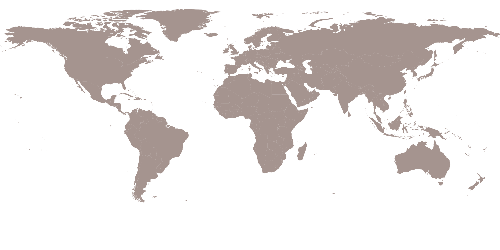Sustainable building design through passive measures
Our attention was always focused to conceive and build an African market and not a mall, despite the important scale of the building and the attention to comfort. Building with climate: the project develops bioclimatic and passive principles, such as thermal mass or natural ventilation through the brick façades like moucharabiehs. These façades also protect the pedestrian walkways from the sun. The concrete structure of the open-air market protects naturally from solar radiation; the different heights of the concrete sunshades let the hot air evacuate naturally. The users, vendors or clients always keep contact with the neighborhood, nature and the sky, which is important to find bearings in space and avoid feeling lost.
Efficient construction and operations
The building uses two construction materials: concrete and brick. First, concrete is available in the Democratic Republic of Congo, as a local resource and skill base. It also fits the structural constraints (load, strength, durability, solidity, maintenance) for such a large building subject to climatic variations. Second, brick is used traditionally in Congolese architecture. For the construction, we reactivated three brick factories within 60 km of the site. Due to bioclimatic conception, there are very few energy expenses, and we eliminated secondary contractors (materials are used for structure as well as finish). The building is low-tech, including the minimum of technical appliances (slopes, not lifts).
Landscape & Biodiversity Integration
Living with nature: we worked on two levels of natural resources in this project – attention to the water and to living species, plants or animals. Concerning the water system, the project includes a network for rainwater recuperation directed to tanks, to water the patios, fight fire or clean the market. The plan of the market is organized around five landscaped patios, with open grounds to allow local species to grow. The railings on the central patio form planters with tropical plants. The whole area around the building is renewed with alignments of trees to constitute a biological corridor with the nearby botanical garden. The whole forms niches for biodiversity (insects, birds, butterflies, small rodents).
Land use & Transformation
Before the rebuilding of Zando (local name of the Central Market in Lingala), the area of the previous market was unsanitary, congested and dangerous. The “old” market, from the 1970s, initially built for 3,500 vendors, was never refurbished: the lack of sanitary facilities and waste management created a breeding ground for microbes and disease. The uncontrolled increase of vendors (estimated at 20,000) spread out across the whole area, blocking the streets. At night, the market was stormed by the Shegues, orphans living in the streets who committed violence and theft in order to survive. The pandemic in 2020 was an opportunity for the authorities to close the area and launch regeneration of the site.











